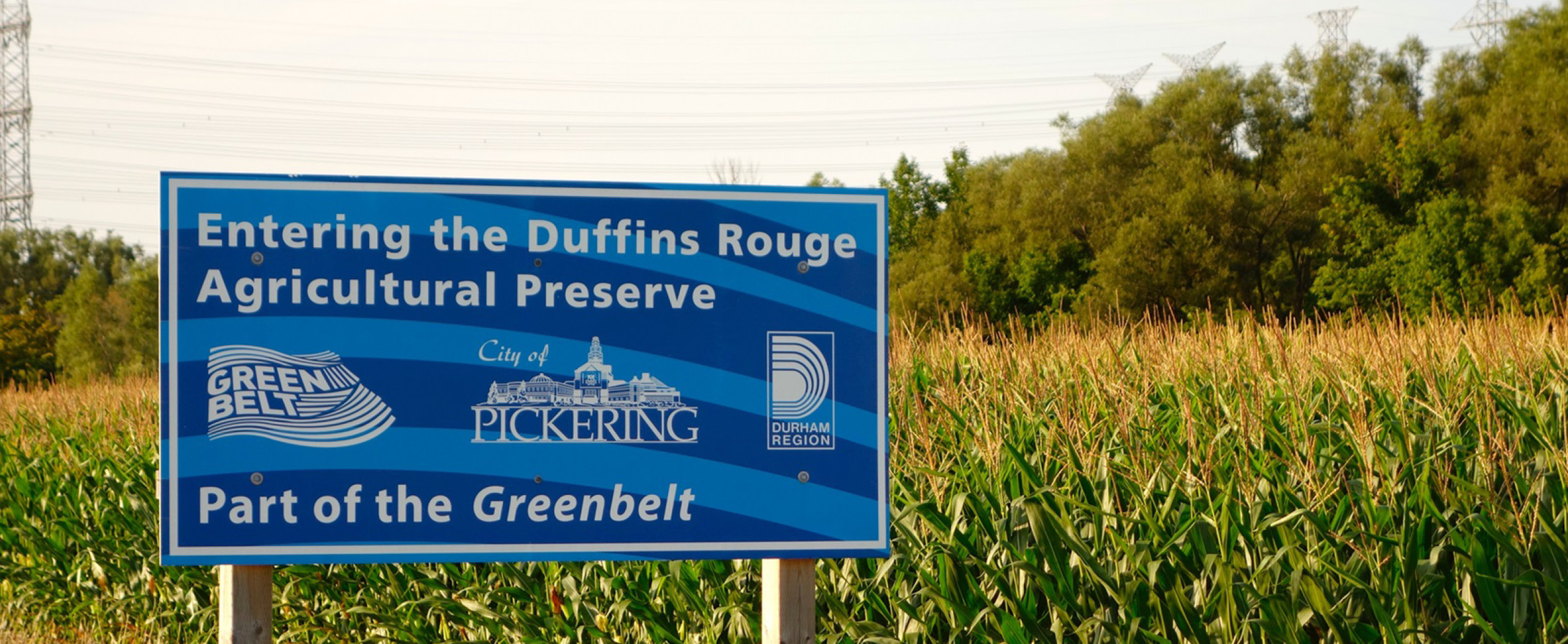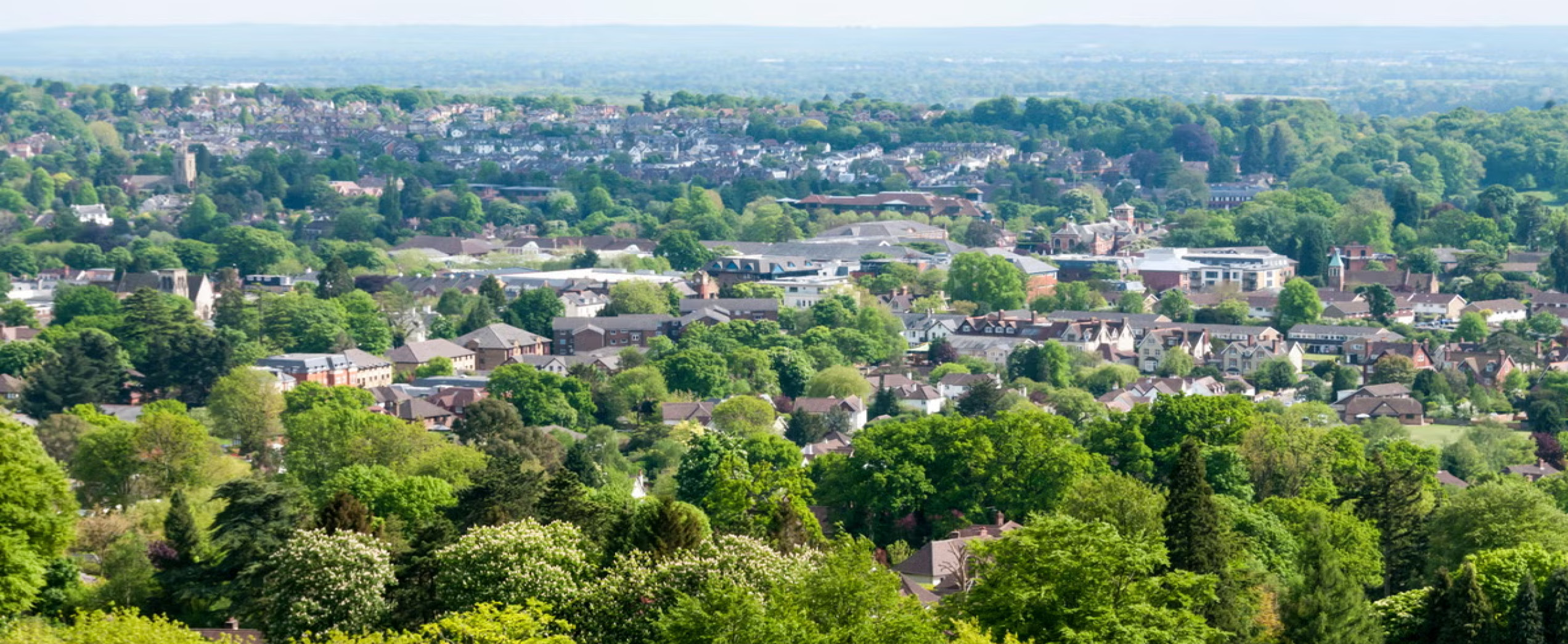Politically, building on the Green Belt feels like a
minefield. “Do you want a park, or do you want a house for some of the most
vulnerable people in London?” baited Conservative Lord Bailey in June 2024.
Others scold that the Green Belt isn’t a romantic vision of rolling English
hills. Nothing in this world is ever so black and white. But we do we really
have to choose between grey or green?
The UK Green Belt may need to evolve in order to cope with our fast-changing
world. Can we look to our neighbours for advice? The Danes are always ahead of
the kerb; Copenhagen’s Green Belt has a ‘green fingers’ approach where
sustainable development is allowed but the location is directed by the
transport lines which form the transit fingers and then green wedges run
between.
We can’t compete in terms of space when it comes to Canada
but perhaps we can learn from their fairly new Ontario Green Belt (2005) which
focuses on natural systems to support ecological and human health; in
particular the belt has been designed to
absorb rainwater
and manage stormwater during severe weather events saving the government millions from costly
flooding.
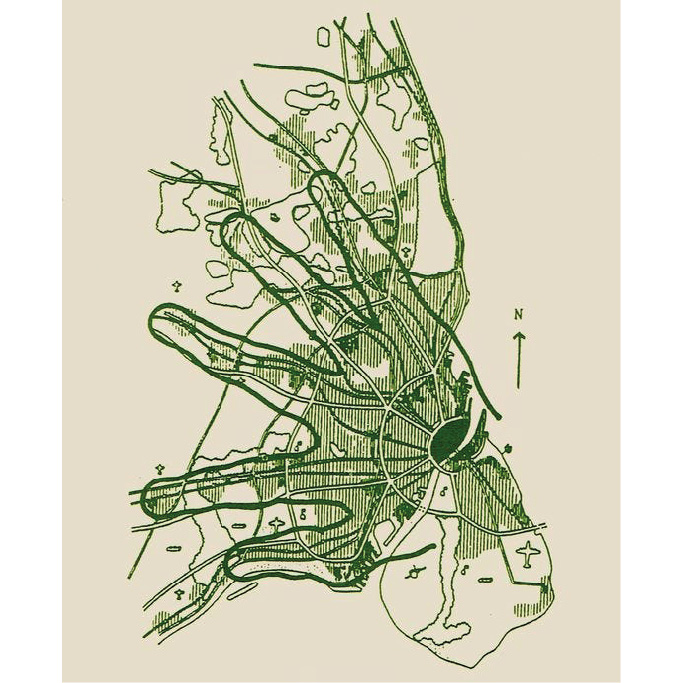
Both examples have a focus on sustainability and the ability
for policy to evolve to meet societal needs. However, let us not forget that we are dealing with very different densities; the population of Copenhagen (638,790) is significantly less than the population of London (8.8 million). The Ontario Green Belt stretches over 1.8 million acres versus London's 1 million acres.
The pressure of urban growth isn’t
going anywhere and with that comes associated infrastructure. The Green Belt
shouldn’t just focus on whether or not to build, but it must also aim to
support farmers
and local agriculture that abut urban areas. The Green Belt is a living, working landscape and its role needs to be evaluated and monitored and
then better communicated to the public.
The Belt is an opportunity for restoration and enhancement of natural
areas which are fundamental when it comes to climate resilience
and ecosystem services. As with many of the issues that the country faces, we need
a joined up approach; a more collaborative governance rather than compartmentalised
box ticking.
But we cannot ignore the need for housing and the lack of space.
There must be a more sustainable solution moving forward. The question is, can we come up with it in time?
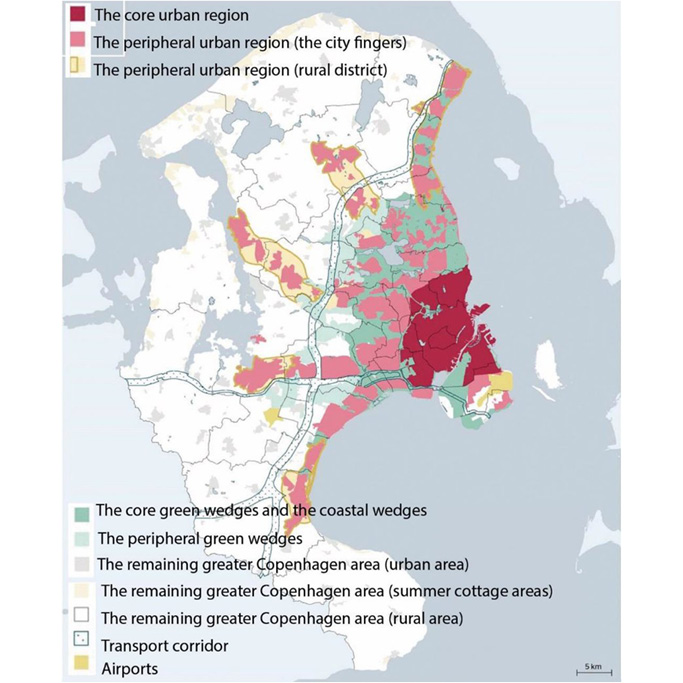
Source: Danish Government 2007
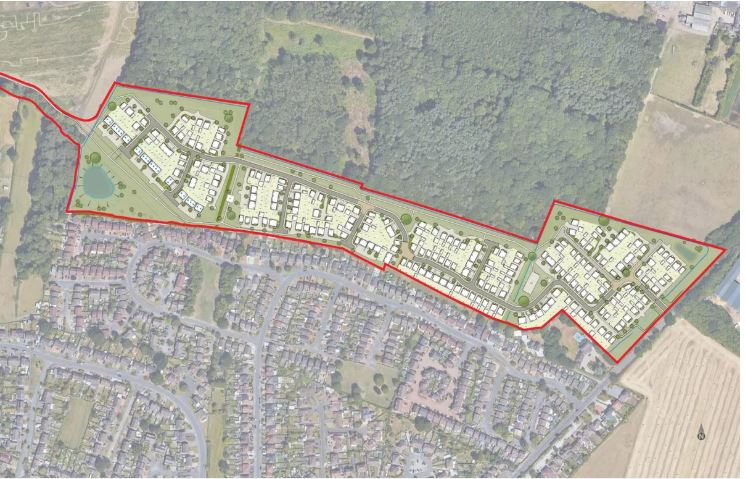
Source: Bloor Homes propose 259 homes on the UK Derby Green Belt
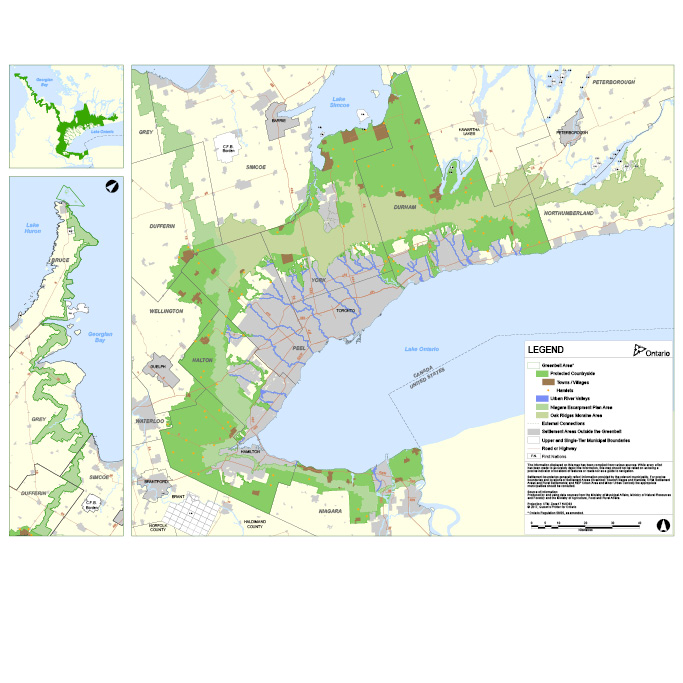
www.ontario.ca 2017 Map

